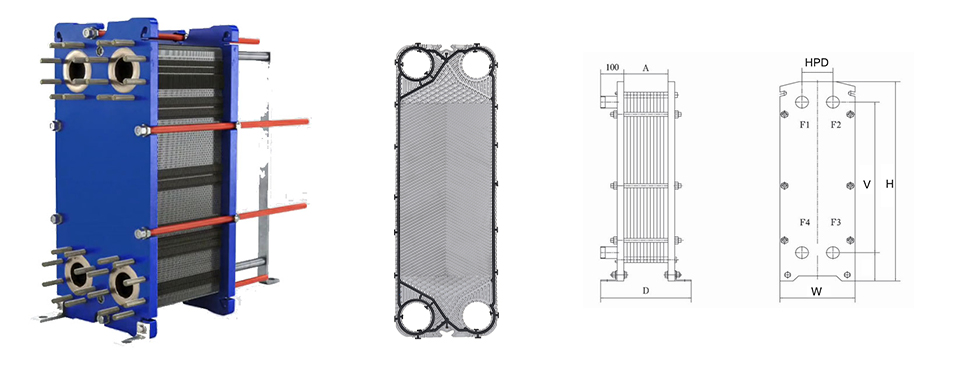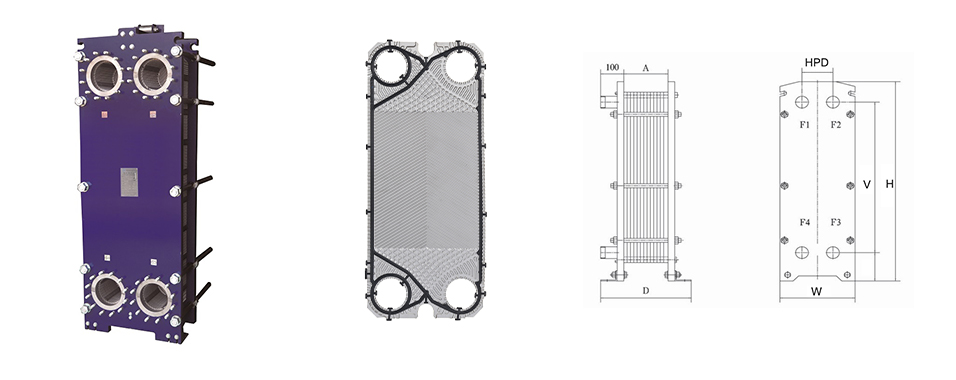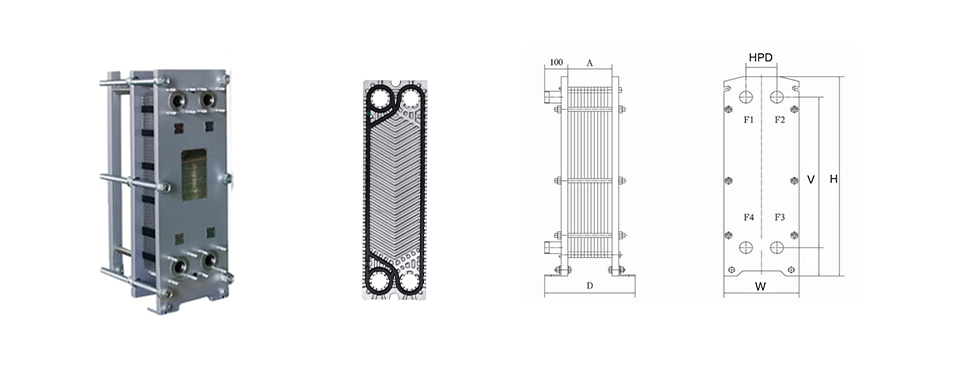Alfa Laval Plates Heat Exchanger Refurbishment Service Process
Check before cleaning
First, Alfa Laval will inspect your heat exchanger to see if the plates are severely corroded and deformed. Alfa Laval technicians decide whether these plates need repair or replacement.
Remove the gasket (rubber gasket)
Alfa Laval uses an efficient and gentle method to remove the gasket (rubber gasket) with liquid nitrogen. At the same time, Alfa Laval will ensure that the recording package will not be damaged.
Pre-cleaning
If serious contamination occurs, high-pressure water will be used to pre-clean the plates.
Chemical cleaning
The plates are immersed in a special chemical bath. The concentration, temperature and shelf life have been strictly adjusted, and all sediments can be gently and effectively removed.
Professional equipment washing
After cleaning in the previous step, the heat exchanger plate enters our professional equipment. This is a device with a rotating nozzle inside, which can remove the deposits on the plate and leave no residue. Currently, this type of mechanical cleaning is unique to Alfa Laval during the repair process.
Flaw detection test
If necessary, each panel should be individually sprayed with paint impregnant and inspected under UV light to detect cracks. In addition, use special tools to check whether all plates are deformed to ensure proper sealing during installation.
seal
Alfa Laval uses high-quality rubber gaskets to seal the plates. Alfa Laval's rubber pads use two-component epoxy adhesives that require high-temperature curing in an oven.
Assembly
After the heat exchanger plates are assembled, carry out a pressure test to completely eliminate leakage.
Final repair report
Finally, you will receive a detailed report on the heat exchanger repair service, including process documentation and results-based recommendations.
Alfa Laval Plates Heat Exchanger Refurbishment Service Process you can browse related products and initiate consultations on our website.
First, Alfa Laval will inspect your heat exchanger to see if the plates are severely corroded and deformed. Alfa Laval technicians decide whether these plates need repair or replacement.
Remove the gasket (rubber gasket)
Alfa Laval uses an efficient and gentle method to remove the gasket (rubber gasket) with liquid nitrogen. At the same time, Alfa Laval will ensure that the recording package will not be damaged.
Pre-cleaning
If serious contamination occurs, high-pressure water will be used to pre-clean the plates.
Chemical cleaning
The plates are immersed in a special chemical bath. The concentration, temperature and shelf life have been strictly adjusted, and all sediments can be gently and effectively removed.
Professional equipment washing
After cleaning in the previous step, the heat exchanger plate enters our professional equipment. This is a device with a rotating nozzle inside, which can remove the deposits on the plate and leave no residue. Currently, this type of mechanical cleaning is unique to Alfa Laval during the repair process.
Flaw detection test
If necessary, each panel should be individually sprayed with paint impregnant and inspected under UV light to detect cracks. In addition, use special tools to check whether all plates are deformed to ensure proper sealing during installation.
seal
Alfa Laval uses high-quality rubber gaskets to seal the plates. Alfa Laval's rubber pads use two-component epoxy adhesives that require high-temperature curing in an oven.
Assembly
After the heat exchanger plates are assembled, carry out a pressure test to completely eliminate leakage.
Final repair report
Finally, you will receive a detailed report on the heat exchanger repair service, including process documentation and results-based recommendations.
Alfa Laval Plates Heat Exchanger Refurbishment Service Process you can browse related products and initiate consultations on our website.








